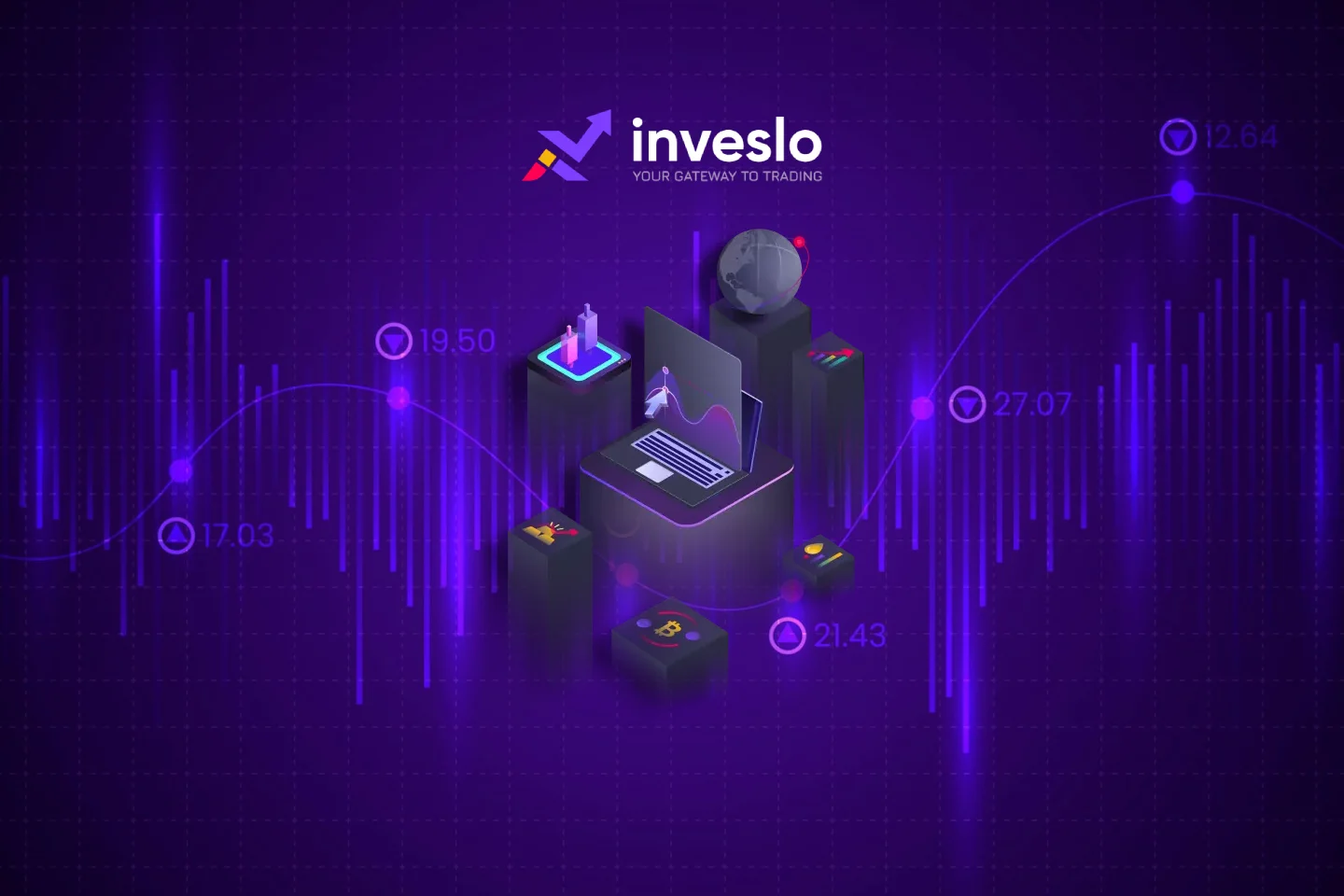
Greenback Gains Ground, But Pressure Persists
As the sun rises, the US dollar stretches and strengthens, albeit ever so slightly. Still burdened by the weight of cooler-than-anticipated inflation data, the greenback cautiously tiptoes towards the possibility of an early end to the Federal Reserve's rate-tightening dance. The dollar index, a choreographer measuring the greenback's movements against six other currency dancers, pirouettes 0.1% higher at 101.243. It barely escapes the shadow of its two-month low, 101.138, after taking a 0.6% tumble the night before.
March's Cooler US Consumer Prices Spark Rate-Tightening Speculation
March's US consumer prices take a modest leap of 0.1%, resulting in a yearly increase of 5.0%, the tiniest annual gain since May 2021. This performance falls short of the expected 5.2%, but the core CPI, shedding volatile food and energy attire, remains robust with a 5.6% annual rise. These figures foreshadow another rate-raising performance by the Federal Reserve next month. However, whispers of a rate-cutting finale grow louder, especially as the last Fed meeting's minutes hint at a mild recession taking the stage later this year.
Producer Prices and Unemployment Claims to Take Center Stage
Thursday's performance lineup includes producer prices and unemployment claims, anticipated to show a moderating crescendo from the previous year and a slight uptick, respectively.
Germany's inflation data further emphasize the challenge the ECB faces, as consumer prices in the eurozone's powerhouse economy ascend 0.8% monthly and 7.4% annually in March.
The EUR/USD pair falters to 1.0987, brushing against a two-month high of 1.1005 earlier in the session. The European Central Bank (ECB) vows to persist with rate hikes to tame soaring prices, outlasting its US counterpart.
Oil Prices Slip as Recession and Demand Concerns Linger
Meanwhile, oil prices sway to a softer tune on Thursday, following two sessions of rising crescendos. Lingering fears of a US recession and weakening oil demand underpin the cautious dance. Brent crude slips 32 cents (0.4%) to $87.01 a barrel, while US West Texas Intermediate (WTI) loses 22 cents (0.3%) to $83.04.
Both benchmarks soared 2% on Wednesday, reaching heights unseen for over a month. The US inflation data's cooling effect fans hope that the Federal Reserve may cease its rate hikes. However, earlier tightening efforts, which propelled interest rates to their highest since 2007, raise concerns that the Fed's fervent focus on arresting inflation could stifle economic growth and future oil demand in the world's leading oil consumer.
Daily Market Update
Keep up with the financial markets, know what's happening and what is affecting the markets with our latest market updates. Analyze market movers, trends and build your trading strategies accordingly.









